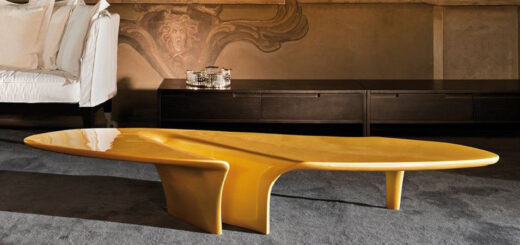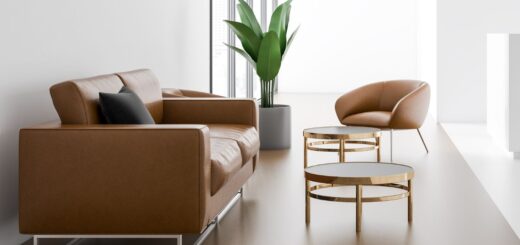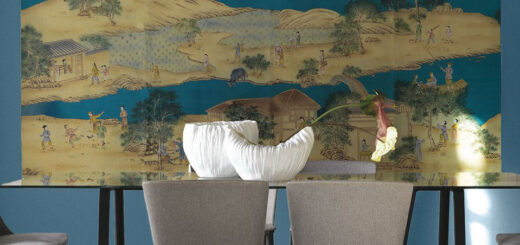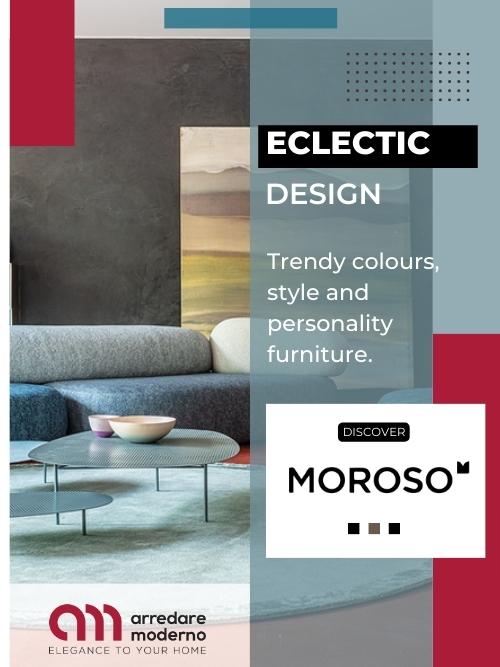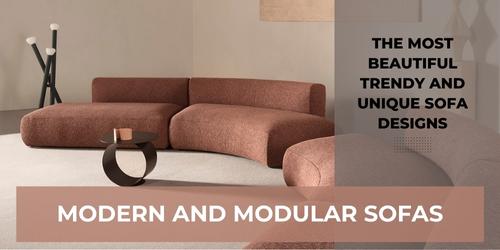How to match furniture colours?
- Matching furniture colours in the home is essential for creating harmonious, cosy and pleasant living spaces.
Matching furniture colours in the home is essential for creating harmonious, cosy and pleasant living spaces.
Matching furniture colours may seem easy, but it actually requires a bit of planning and attention to detail. There are steps to follow to match furniture colours in order to create a harmonious and cosy space.
First important considerations
There are some important considerations to keep in mind when matching furniture colours in home interiors. First of all, you need to consider your personal taste. If you like a particular style, make sure you choose furniture colours that reflect your taste.
You must consider the function of the room: in the living area you can dare with bright, energetic colours such as orange, red, yellow; in the sleeping area you should opt for colours that favour restfulness such as neutral shades; in the bathroom it is better to go for relaxing shades such as green or pastel blue.
It is also important to consider accessories. Carpets, curtains, cushions and decorative accessories can make all the difference in matching furniture colours.
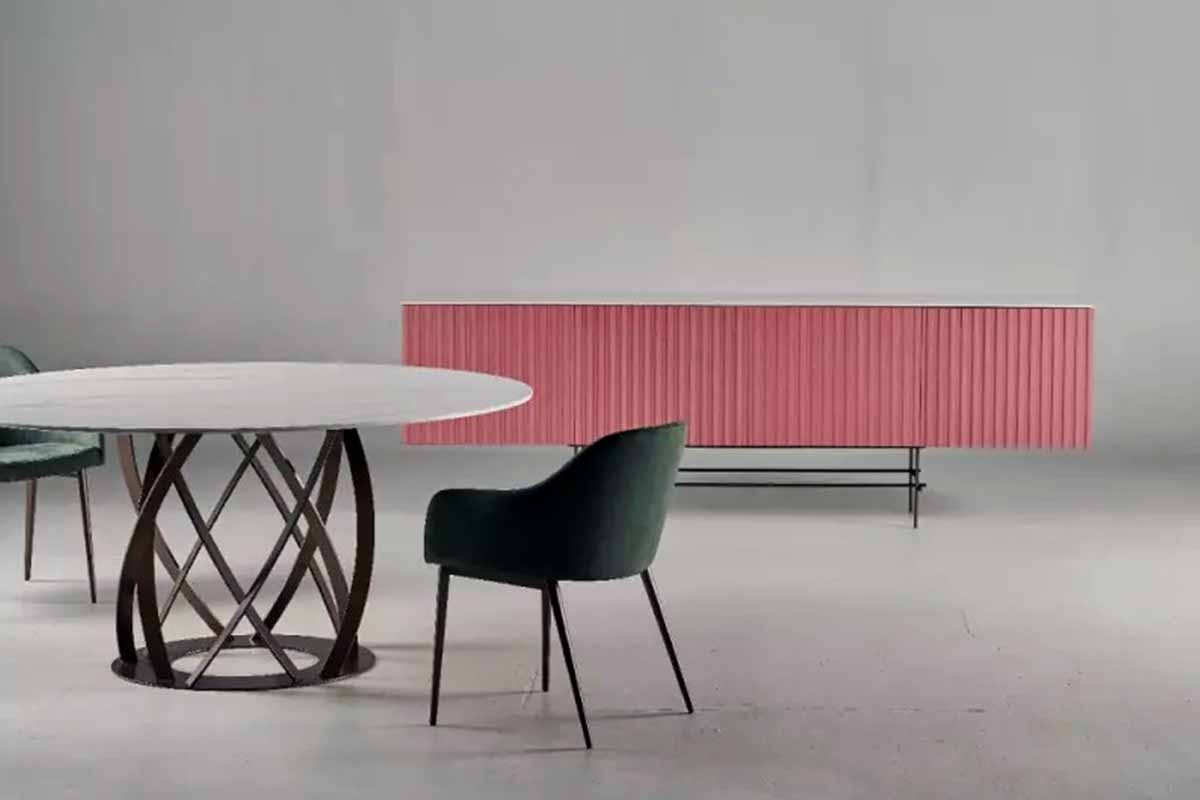
Matching furniture colours: many stylish ideas – stilt colico sideboard – Arredare Moderno
How to match furniture colours: starting with a basic colour
Before starting to choose furniture colours, it is important to establish a basic colour for the room. This colour will be the starting point for all the other colours that will be added later. For example, if you decide to paint the walls of the room blue, this will be the base colour.
Once you have chosen the basic colour for the room, you can start selecting the colours for the furniture. There are several options available: tone-on-tone matching of the furniture colour to the base colour of the room, or contrasting matching with complementary colours to the base colour.
Once you have chosen the furniture colour combination, you should make sure to balance the colours within the room as well as possible. In general, it is advisable not to use more than three colours in one room, otherwise there is a risk of creating visual chaos.
A dominant colour should be used for 60 per cent of the room, a secondary colour for 30 per cent and an accentuated colour for 10 per cent.
How important is natural light?
Considering the natural light in the room is essential when choosing furniture colours. If the room is bright and sunny, you can choose darker colours without risking making the room too heavy. Conversely, if the room is dark and gloomy, it is advisable to opt for light and bright colours that can give a more airy and luminous feel. This will help create a harmonious and cosy space.
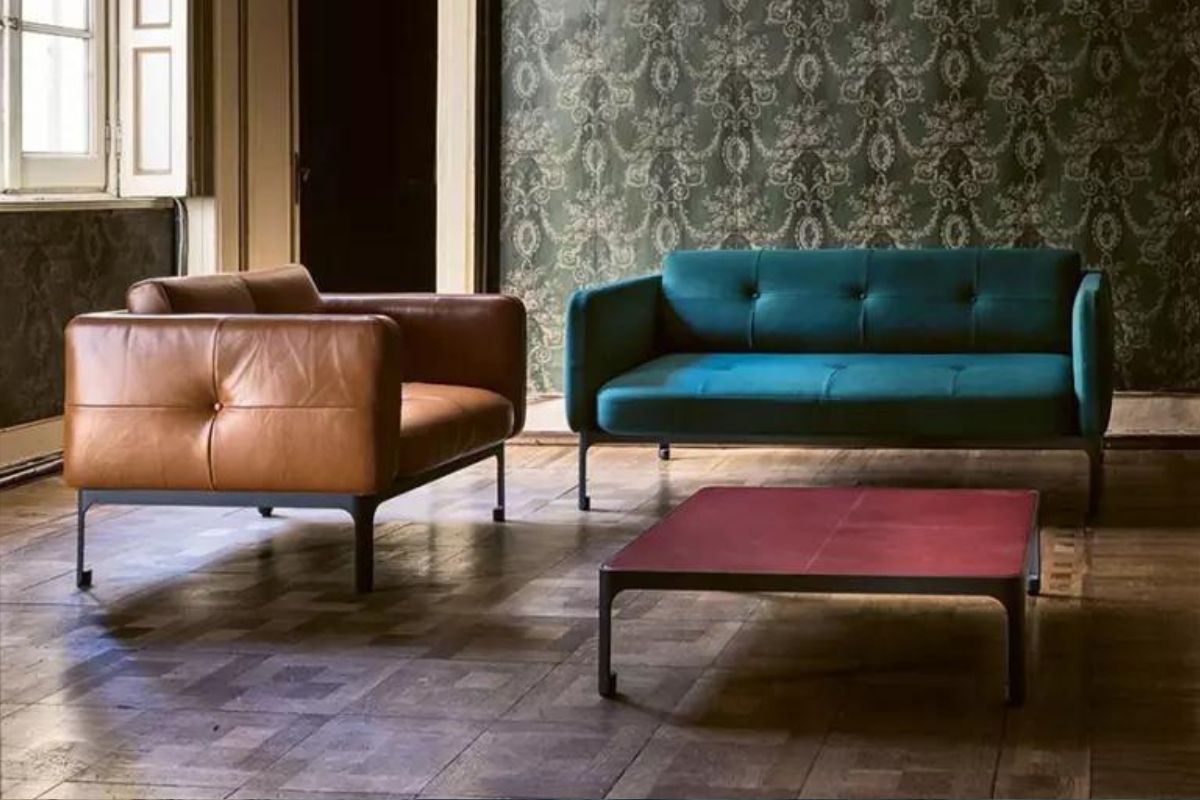
Modernista Moroso 2 and 3 Seater Sofa
How to match furniture colours: black and white
The combination of black and white is a timeless classic in furniture. These two colours are very versatile and can be used together in many different ways, creating an elegant and refined effect.
Here are some tips on how to combine black and white.
- If you want to create a brighter, more airy look, use white as the dominant colour and add touches of black as decorative details or to create contrast. For example, you can paint the walls of the room white and choose black furniture.
- If you prefer a darker, bolder look, use black as the dominant colour and add touches of white as decorative accents. For example, you can paint the walls of the room black and choose white furniture.
- A simple but effective way to combine black and white is to create a striped look. You can use black and white striped fabrics for curtains, cushions or carpets to create a graphic effect.
- To create a more interesting and dynamic look, add different textures to your black and white combination. For example, you can use fabrics such as velvet, linen or leather to create a tactile feel.
- If you want to create a more original look, play with the proportions of black and white in the room. For example, you can use more black than white or vice versa, or use an equal proportion of both colours.
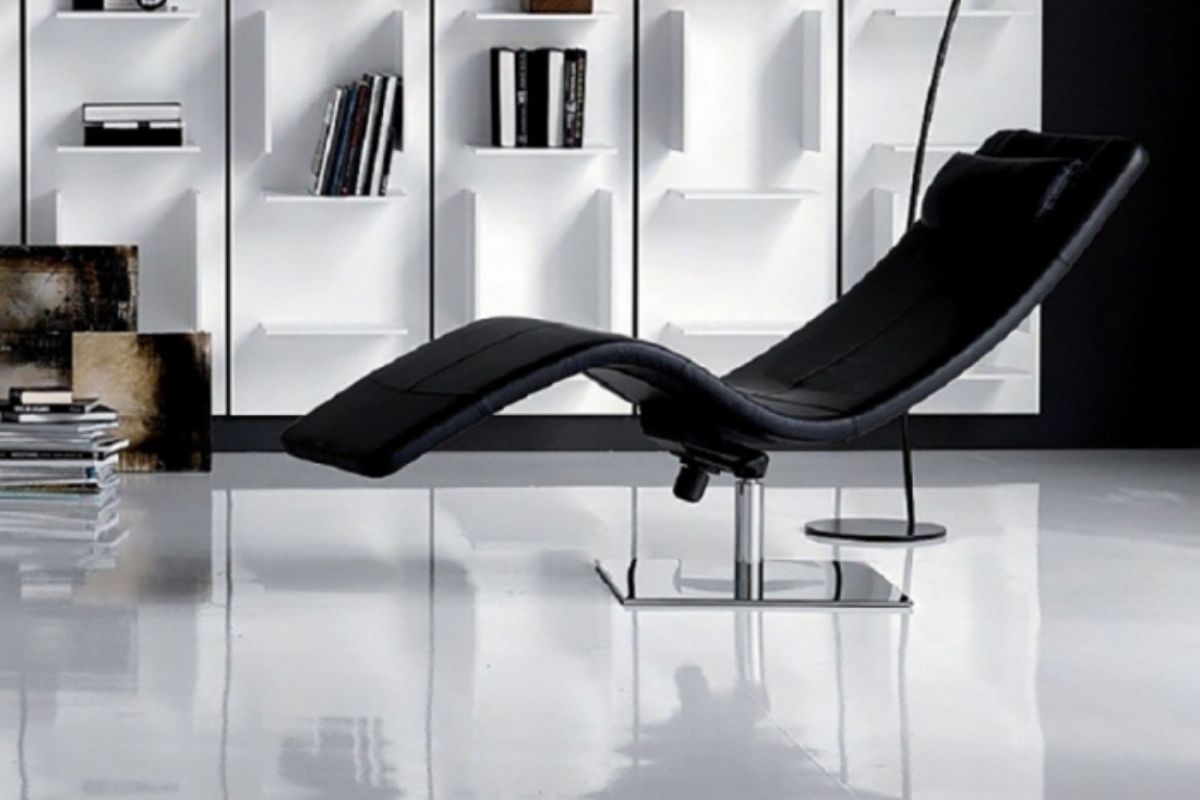
Matching furniture colours – chaise longue casanova cattelan italia
How to match furniture colours: magenta, colour of the year
Magenta is a bold and vibrant colour that can add a touch of personality and vitality to home interiors. Here are some tips on how to match the colour magenta in furniture.
- If you are afraid of going overboard with magenta, you can use it as an accent colour. For example, you can use magenta cushions, blankets or lamps to add a touch of colour to the room.
- If you want to use magenta as the dominant colour in the room, you can create a monochromatic effect by using different shades of magenta. For example, you can use a magenta armchair with a lighter magenta carpet and even more muted magenta cushions.
- Magenta goes very well with green and yellow, with which it can create an eye-catching contrast. For example, you can use a magenta sofa with green cushions or a magenta lamp with a yellow base.
- Magenta is an attractive colour and can work very well on printed fabrics. For example, you can use a magenta curtain with a floral pattern or a magenta striped carpet.
- If you prefer a more subdued look, magenta goes very well with neutral colours such as grey, black or white. For example, you can use a magenta armchair with grey cushions or a magenta lamp with a black base.
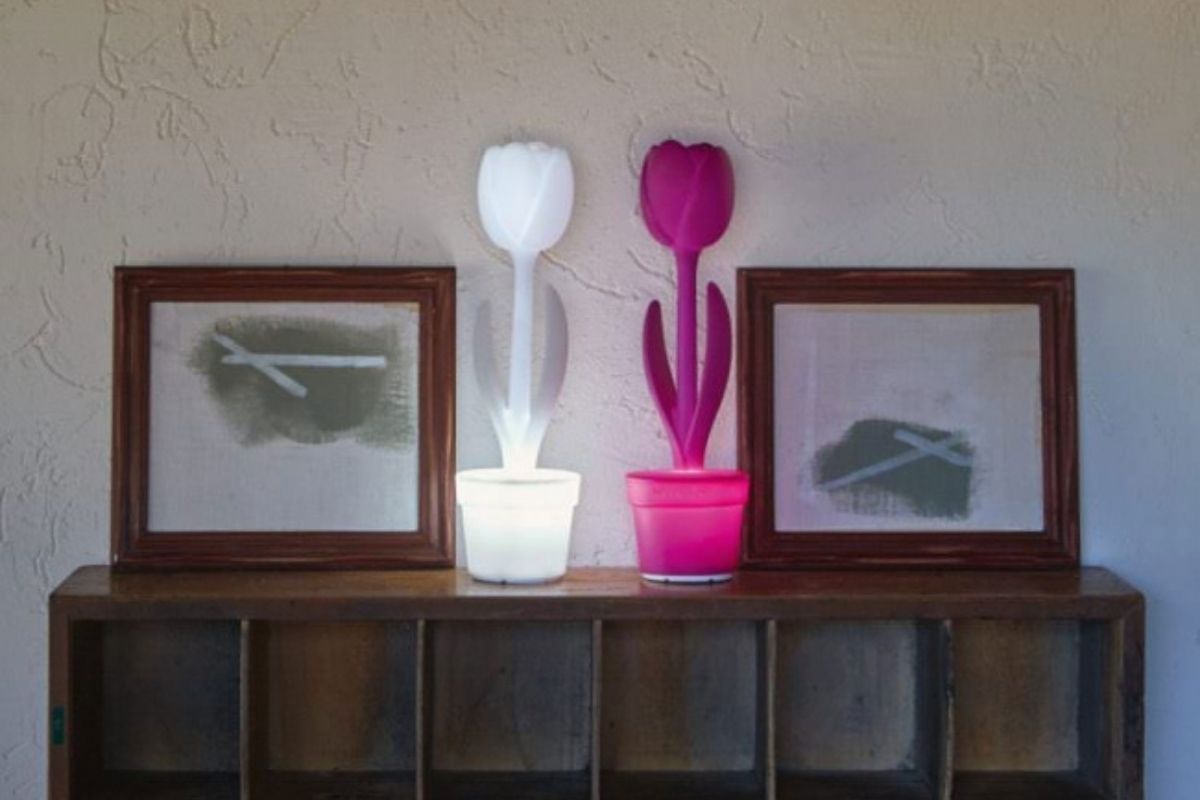
Matching furniture colours – tulip myyour Table Lamp
How to match furniture colours: grey
Grey is a versatile and always trendy colour in modern furniture and beyond. Here are some tips on how to match grey in furniture.
- Grey can be used as a basic room colour, especially if you are trying to create a modern, minimalist look. You can paint the walls of the room grey and choose white or black furniture to create an eye-catching contrast.
- If you want to use grey as the dominant colour, you can create a monochromatic effect by using different shades of grey. For example, you can use a grey sofa with lighter or darker cushions.
- Grey goes very well with white and black. For example, you can use a grey carpet with white furniture or a grey armchair with a black base.
- Grey is a neutral colour and can be a bit boring when used alone. Therefore, it is important to add interesting textures to create a more dynamic effect. You can use velvet cushions or a wool blanket to create a pleasant tactile feel.
- If you want to create a bolder mood, you can combine grey with bright colours such as yellow, red or magenta. For example, you can use a grey armchair with yellow cushions or a grey lamp with a red base.
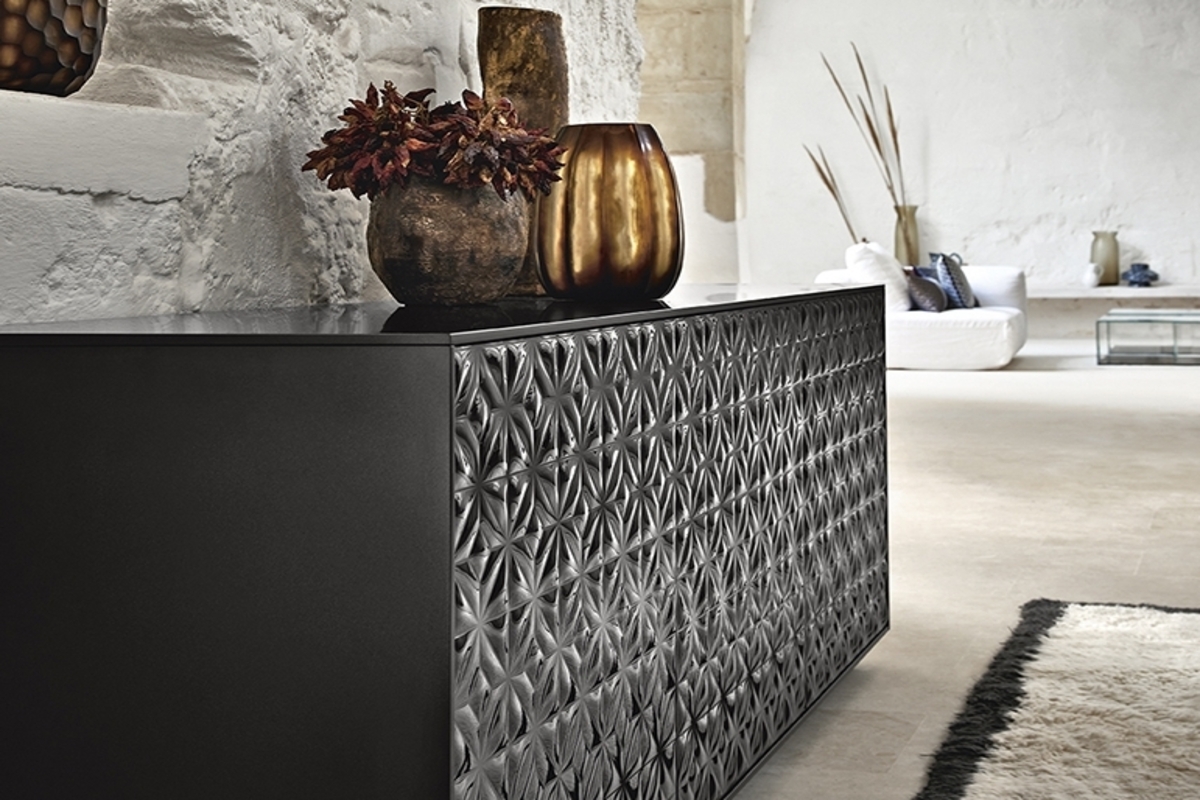
Matching furniture colours: many stylish ideas
How to match furniture colours: bright colours
Brightly coloured furniture can energise the home and create a cheerful and lively atmosphere. However, it can be difficult to find a balance between bright colours and more neutral ones. Here are some tips on how to combine bright colours in your interior design.
- Choose a bright colour to create a base for the room, such as a bright red sofa or an orange wall. Then, use other bright colours as decorative details to create a harmonious effect. For example, you can use green cushions or a yellow carpet.
- Use the colour wheel to match bright colours with each other. Colours that are next to each other on the colour wheel match each other well, such as green and yellow or blue and green. In addition, complementary colours (those that lie directly opposite each other on the colour wheel) create an eye-catching contrast, such as red and green or blue and orange.
- Printed fabrics can be a simple and effective way to add vibrant colours to your décor. You can use fabrics such as velvet, silk or cotton for cushions, curtains or blankets with bright patterns.
- Combining with neutral colours: to prevent the room from looking too chaotic or overloaded, you can combine bright colours with neutral shades such as grey, black or white. These colours can help create a pleasant balance in the room.
- If you want to create a bold and dynamic look, you can use bright colours in contrast to each other. For example, you can use a yellow armchair with a pink lamp or an orange carpet with blue cushions.
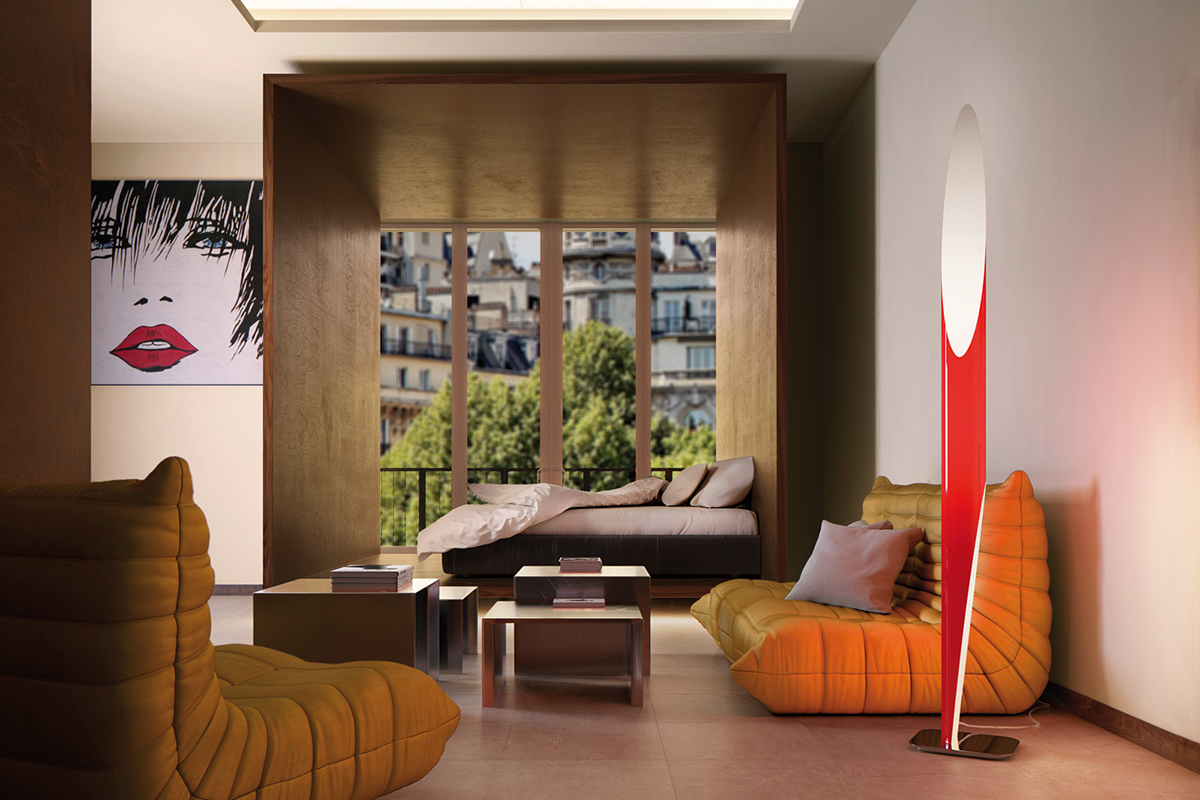
Shakti Kundalini Florr lamp



